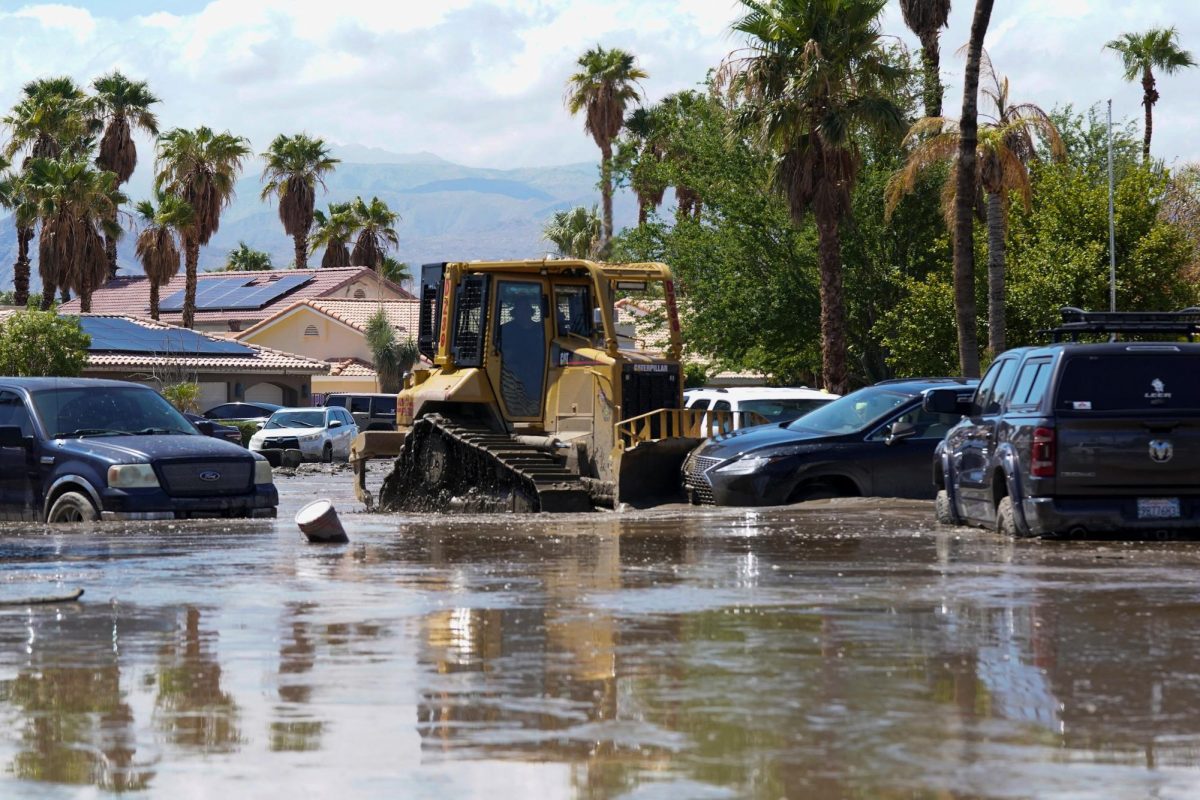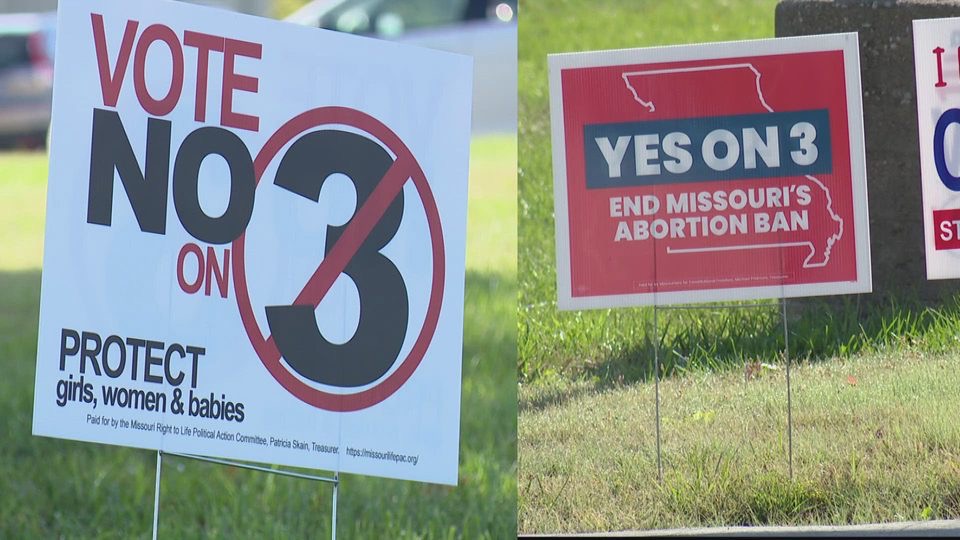Hurricane season has always been chaotic and unpredictable, but Hurricane Hilary shook up the status quo beyond what anyone expected. The storm recently targeted the United States’ West Coast, which has famously been spared of hurricane activity in the past. Now, areas of Southern California that were once very dry have been flooded with several inches of rain, and the woefully unprepared citizens are suffering the consequences.
On Friday, August 21st, Southern California received its first tropical storm warning in history. After brewing in the Pacific off the west coast of Mexico, Hilary made a beeline for the Golden State. While the cyclone lost steam, and was reduced to tropical depression status by the time it made landfall, it still dumped outlandish amounts of rain — in some parts, more than half the
expected annual precipitation.
“THIS IS LIFE THREATENING FLOODING!!!!!!” The National Weather Service said in a post on social media platform X, formerly known as Twitter.
The bold warning was directed at the Malibu coastline and nearby communities. The flooding mainly targeted drier areas around the west coast, causing severe damage and danger.
Some people are blaming the heat of the Maui wildfires as the cause of the hurricane. The usually cooler waters of the Pacific Ocean were unusually warm leading up to the storm, and many have come to the conclusion that the wildfires influenced the hurricane by heating the air and sea.
Regardless of the causation, Hurricane Hilary has majorly disrupted the towns and counties that were ravaged in its path. 23 school districts and six college campuses delayed re-opening until the worst of the rain and flooding had passed. Flash flooding in Death Valley National Park resulted in the grounds being closed indefinitely. Several visitors had to be evacuated in the wake of the storm, as roads were critically damaged and phone services were disconnected.
“Picture the mountains in Death Valley as being a steep building roof. Just like a roof, the rocky slopes don’t absorb much water. The canyons function like a rain spout, channeling that runoff. However, in Death Valley that runoff is a fast-moving muddy soup carrying rocks,” Park ranger Abby Wines said.
This shocking storm has brought with it anxiety and uncertainty for the people of Southern California. The region needs prayers and well-wishes during this time of recovery.







